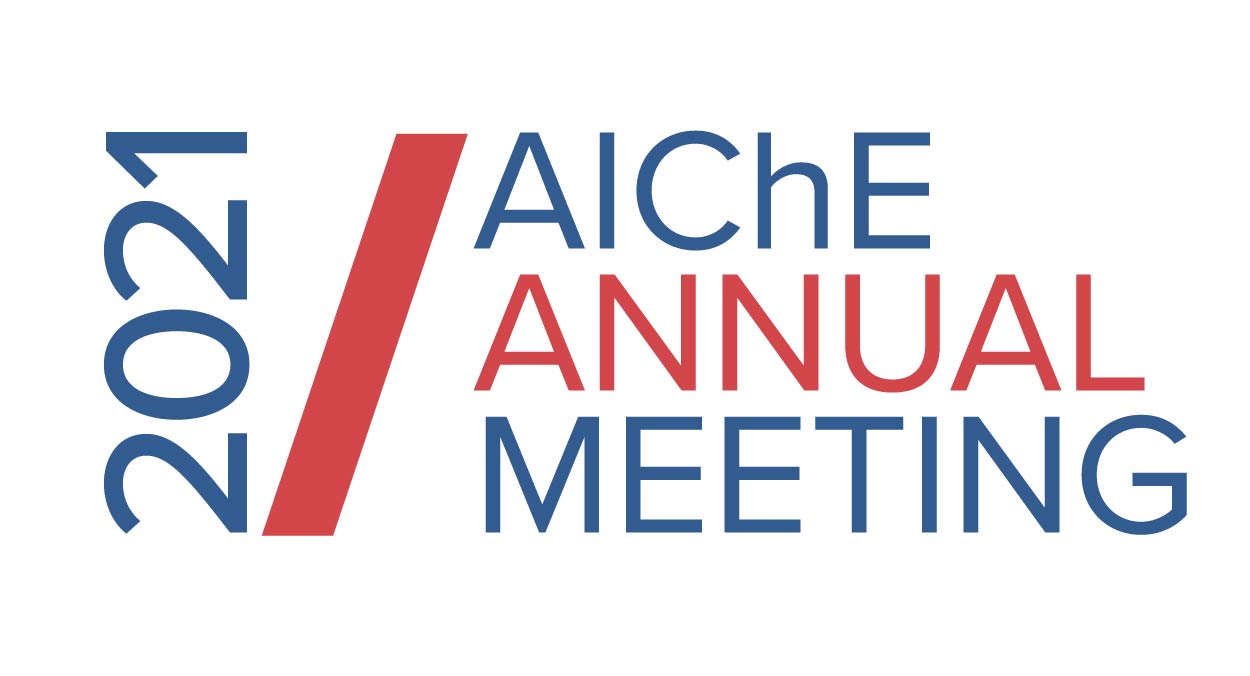

First, we investigate the mechanism of carbon dioxide electroreduction (CO2RR) on immobilized cobalt phthalocyanine (CoPc) through collecting kinetic data over a wide range of operating conditions, fitting rate models, and quantitatively comparing candidate mechanisms.[1] The proposed reaction mechanism illuminates unexpected roles of both the electrolyte and applied potential. First, the electrolyte anion, bicarbonate, has multiple roles in the reaction – it is a proton donor, pH buffer, and, unexpectedly, can also poison the catalyst. Second, the nature of electron transfer does not follow one of the mechanisms typically assumed for CO2RR - rather, there is mixed control between concerted and sequential proton-electron transfers, and the relative preference changes depending on reaction conditions.
Second, we investigate the various perturbations of the electrified interface on hydroformylation (HFN) catalysis. HFN is a well-studied thermochemical reaction, typically catalyzed by organometallic catalysts, that appends CO to an olefin in the presence of H2 gas. We mimic homogeneous HFN catalysts on electrode surfaces using single atom-decorated nanoparticles. We show that electrochemistry can be used to circumvent the need to supply H2 as a reactant. Instead, protons, electrons, and CO can be used to hydroformylate a model substrate. We again use quantitative analysis of kinetic data collected over a wide range of operating temperatures, pressures, applied potentials, and reactant concentrations to investigate the reaction mechanism and describe the role of applied potential, and electrolyte species in perturbing organometallic catalysis-inspired chemistry at electrified interfaces.
These studies build towards a more rigorous and quantitative understanding of how the many components of an electrode interface interact with and influence catalysis on atomically precise active sites. It is crucial to carve out this complexity if we wish to effectively import catalysts or design principles from other catalytic contexts onto electrified interfaces.
[1] J. Zeng, et al. ACS Catal. 10, 7, 4326-4336 (2020)
